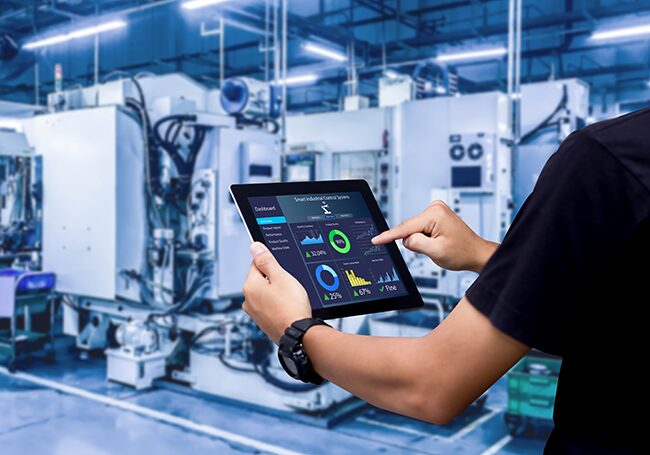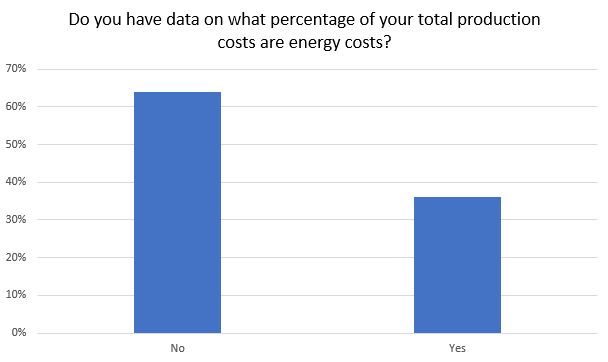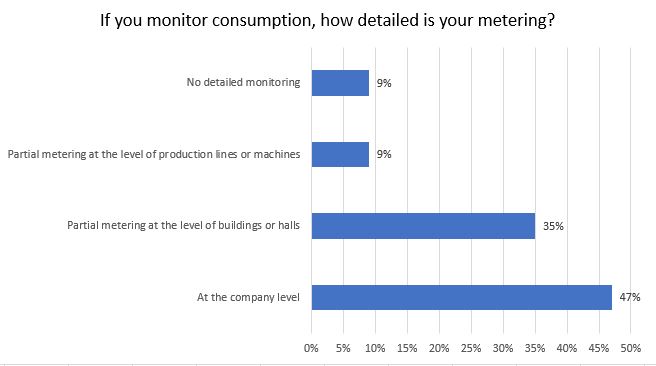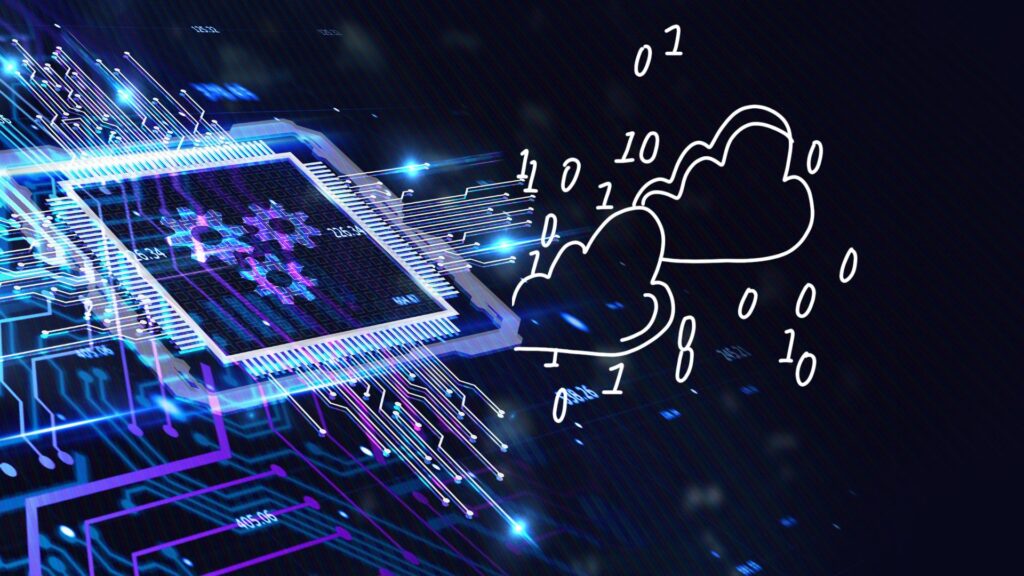To control anything, you need information. In an industrial setting, this means having data not only from the production machines in operation but also from other ancillary technologies. Modern sensors can efficiently retrieve useful data from virtually any device in the production facility, helping with things such as production quality monitoring, predictive maintenance, energy consumption, or air quality parameters. In addition to collecting data, artificial intelligence (AI) advanced sensors can also analyse and evaluate the data.
Every production facility effectively consists of “two worlds” when it comes to the technologies used. Firstly, there are the mission critical machines directly involved in creating the final product—often connected to create a complete production line. These machines often come equipped with diagnostic technologies and sensors. The other part of the operation is perhaps less smart, but equally important. It includes extraction, ventilation, cooling or heating systems. The question is: Can you retrieve data even from these “less smart” machines?
Modern sensors don’t need cables
Until recently, monitoring and diagnosing such equipment was a complex and, above all, costly challenge. The industrial environment—with all its hazards such as vapours, dust, noise, and vibrations—is not particularly friendly to electronics. Installing sensors therefore required thorough protection against environmental influences and laying hundreds of meters, or even kilometres, of cables for data transmission. In many cases, such a solution turned out to be either prohibitively expensive or simply unfeasible.
Thanks to advances in technology and miniaturisation, industrial IoT specialists can now upgrade even those machines that lack automation and diagnostics. Modern sensors can be installed directly onto the individual devices to be monitored—sometimes as easily as attaching them with a magnet—and they are battery-powered. Data transmission to corporate IT systems or applications is then provided by wireless networks such as LoRaWAN (Long Range Wide Area Network). This low-power, long-range radio network offers exceptional stability and reliability, and unlike Wi-Fi, is very difficult to exploit. While its limitation is that it supports only small volumes of data, this is entirely sufficient for data transmission from modern sensors. The sensors, often using AI, process and analyse the collected data, sending only the results or alerts to the company’s data centre or cloud—such as when measured values come close to or exceed predefined limits.
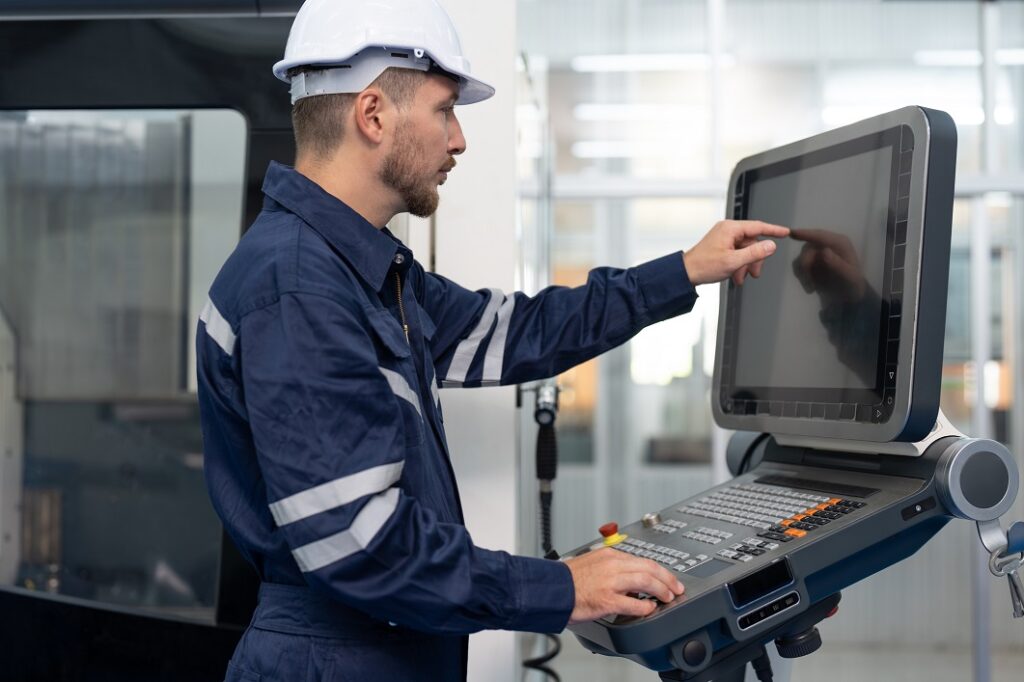
Vibration monitoring for predictive maintenance
Various models of industrial sensors can monitor dozens of parameters, and the resulting insights can be successfully applied in a wide range of scenarios. Typical use cases include energy consumption monitoring, tracking of various environmental indicators in production (temperature, humidity, levels of carbon dioxide or volatile substances), all of which help with quality control and adherence to technological procedures.
One rapidly developing area is the use of sensors for monitoring and analysing vibrations in rotary machines, and their role in predictive maintenance. Rotary machines are among the most problematic when it comes to maintenance, with a significant portion of maintenance interventions focused on bearings. By deploying vibration diagnostic sensors, various vibration characteristics can be continuously monitored, evaluated, and analysed during machine operation (often several parameters at once). The sensors can detect anomalies in machine performance and send early warnings that something is wrong. The analysis may even identify the potential cause of the problem—such as a bearing failure, misalignment, or loosened anchoring—and determine its severity. Maintenance teams are then dispatched to the machine only when the data warrants it.
Eliminating long downtimes at Linet
A relatively simple solution involving diagnostic sensors helped solve production issues at Linet, a leading global manufacturer of hospital beds. In collaboration with experts from Soitron, Linet succeeded in deploying sensors to prevent frequent motor failures in a blasting machine in their powder coating plant. The installed sensors now monitor temperature, RPM, and other parameters. If they detect slippage or stoppage at any part of the production line, they automatically trigger a shutdown sequence for the entire machine. Today, maintenance staff receive an alert by email and perform a relatively minor repair, whereas previously, eliminating a major fault and restarting the line could take up to two work shifts.
This model of predictive maintenance using vibration sensors brings significant savings to companies. It reduces the cost of complex vibration diagnostics often carried out by external specialists. Further savings come from the elimination of unnecessary maintenance interventions, as well as from avoiding repairs only after a failure has occurred. Simply put, thanks to predictive maintenance solutions leveraging IoT technologies, machines can be repaired at the right time. Overall maintenance cost savings can reach up to 30%.
